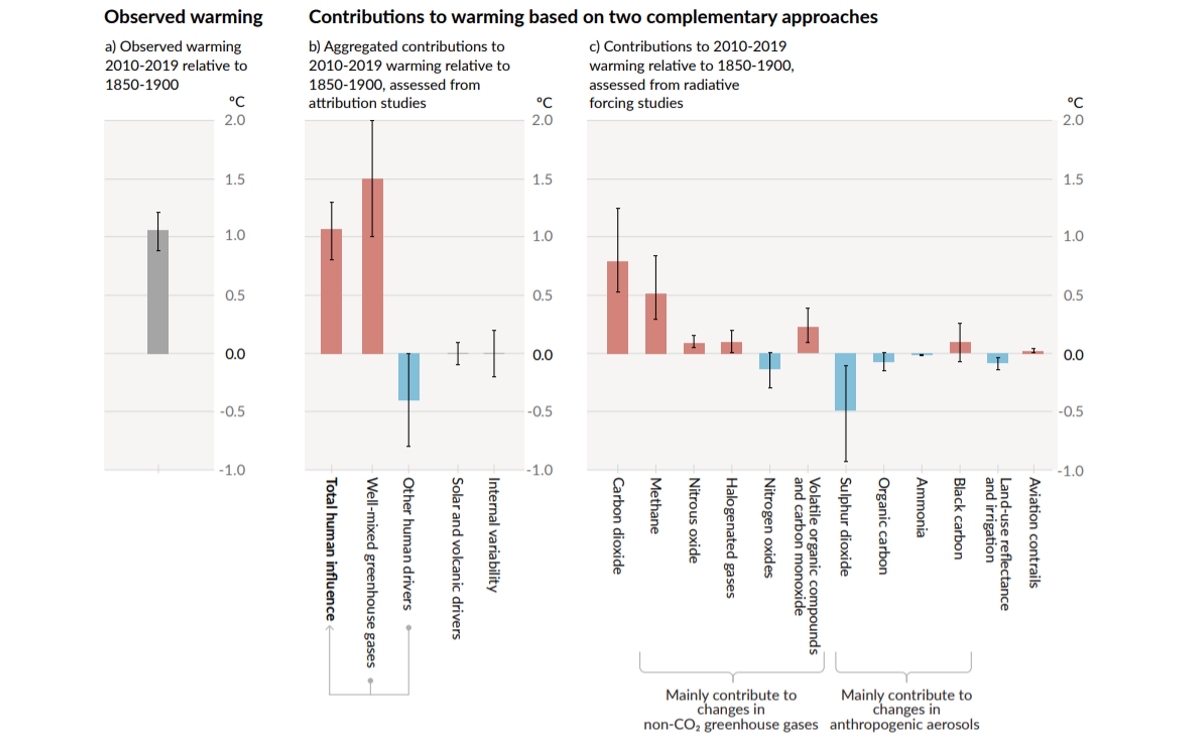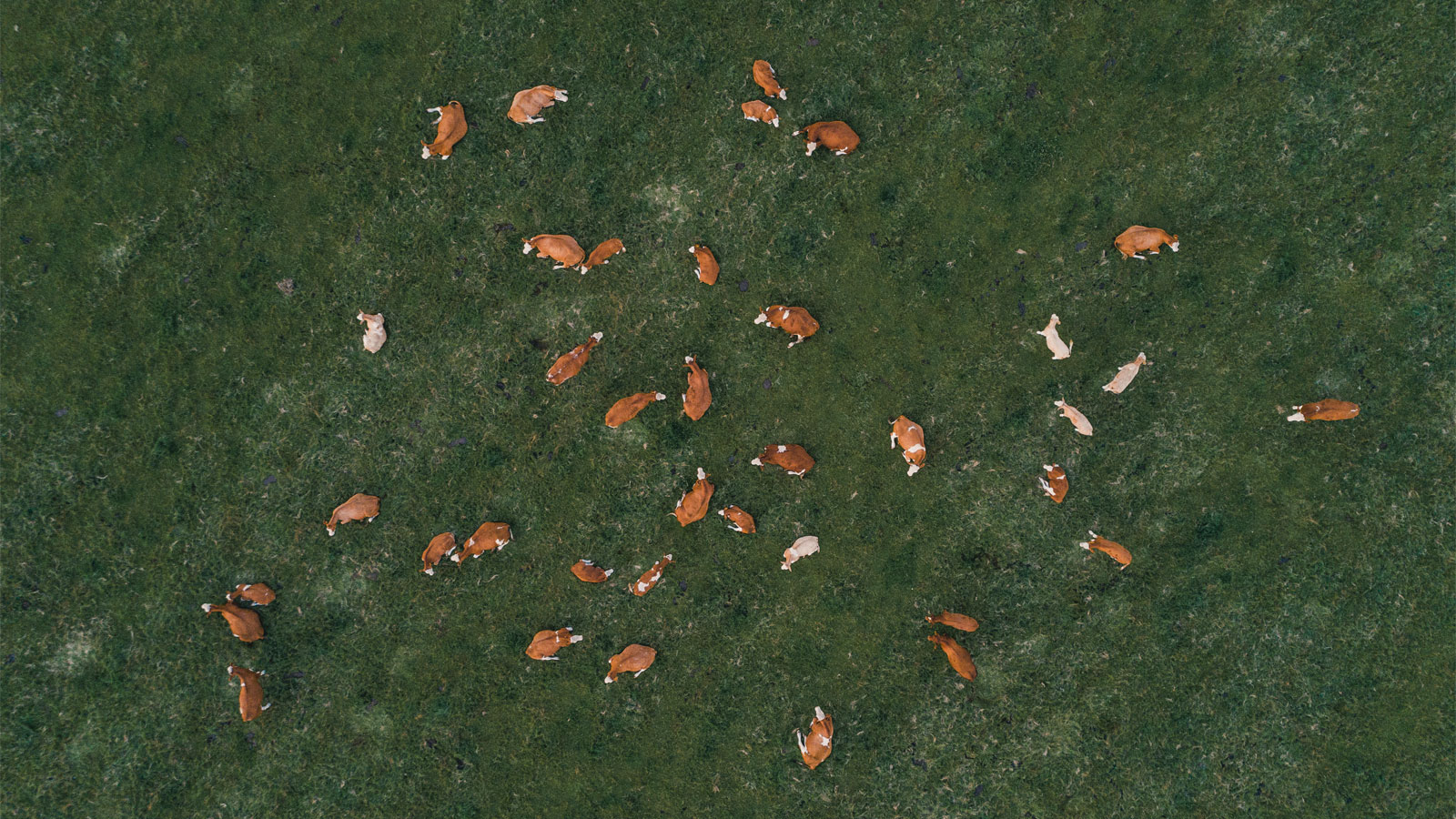Most of the time carbon dioxide gets all the attention as the most villainous of greenhouse gasses, and the industries that pollute the atmosphere with methane would like to keep it that way. The new report from the Intergovernmental Panel on Climate Change, however, presents the data on this secondary greenhouse gas that makes its impact inescapable.
The panel of scientists singled out methane for special attention in this report saying that, in addition to eliminating carbon-dioxide pollution, “strong, rapid and sustained reductions in CH4 [methane] emissions would also limit the warming effect resulting from declining aerosol pollution and would improve air quality.”
It’s easy to play statistical games and downplay the role of methane when figuring out its contribution to climate change, because — while it is much more potent than carbon dioxide — it can break down after a decade, while CO2 can last in the atmosphere for thousands of years. The IPCC report cuts through that complication by zeroing in on the warming observed so far, and showing which greenhouse gases have captured that excess heat. As you can see in the graph below, carbon dioxide is the primary problem, but methane has played a big role.

This caught the eye of Matthew Hayek, who researches the environmental effects of food production at New York University, because agriculture — his area of study — is the largest source of methane emissions (with livestock the chief culprit).
“There’s no brand new information in the report, but there are important refinements and new emphasis. And part of that new emphasis is on methane,” Hayek said.
As a 2020 study showed, methane leaks out of gas pipes and oil wells. It bubbles out of swamps and rice paddies. It seeps from landfills. It gurgles out of the stomachs of livestock, and rises off their manure.

It’s nearly impossible to stop the methane emissions that naturally come from plants rotting in wetlands, but there are ways of solving most of these problems. Regulators could crack down on leaks, or simply crack down on fossil fuel use. Landfills can capture the gas and use it for fuel. When it comes to agriculture, one of the biggest solutions would be to shift diets away from beef, dairy, and other methane-producing foods. But that last proposal draws immediate backlash from the folks who work in animal agriculture, not to mention meat lovers.
“Meat is an intensely personal issue in a way that fuels are not,” Hayek said, “so you have corporate lobbying playing with societal norms.”
Animal agriculture lobbyists like to point out that methane emissions, though high, have remained steady even as ranchers turn out more hamburgers, milk, and steak. But as the new IPCC report makes clear, it’s not the change in emissions from year to year, but the total amount of greenhouse gases in the atmosphere that determines how much the world heats up.




